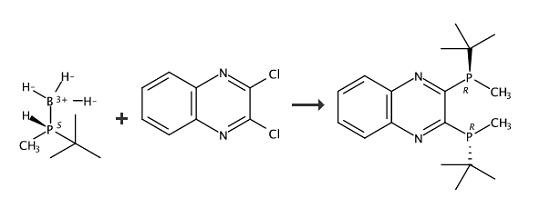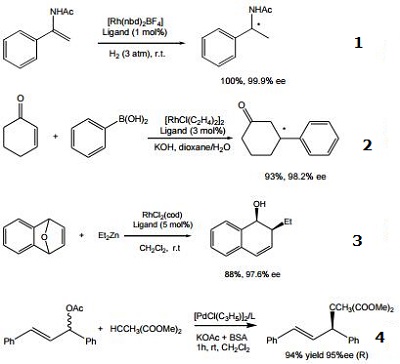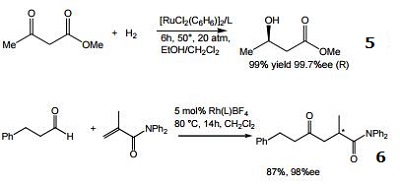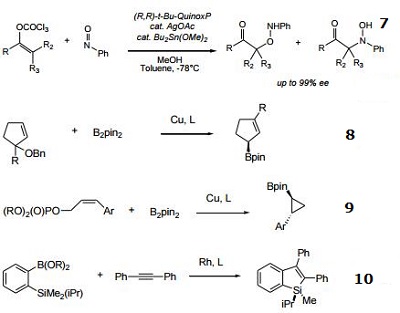
In 4 ml of tetrahydrofuran was dissolved 236 mg (2.0 mmol) of (R)-tert-butylmethylphosphine-borane (9), and the resulting solution was cooled to -78° C. with liquid nitrogen. To the cooled solution was added dropwise 1.25 ml of a 1.6 M hexane solution of n-butyllithium. Fifteen minutes later, a solution of 133 mg (0.67 mmol) of 2,3-dichloroquinoxaline (10) in 4 ml of tetrahydrofuran was added thereto dropwise while vigorously stirring to form a diphosphine-borane compound (11) as an intermediate. The liquid temperature was raised to room temperature over one hour, at which the mixture was stirred for 3 hours. One milliliter of TMEDA was added thereto, and the stirring was continued for an additional 2 hour period to complete deboranation. The reaction was ceased by addition of 1M hydrochloric acid. The reaction mixture was extracted with hexane. The extract was washed successively with 1M hydrochloric acid and a saturated sodium chloride aqueous solution and dried over sodium sulfate. The solvent was removed by evacuation, and the residue was purified by silica gel column chromatography (mobile phase: hexane/ethyl acetate=30/1) to give (R,R)-2,3-bis(tert-butylmethylphosphino)quinoxaline (12) as an orange solid. Recrystallization from 1.7 ml of hot methanol gave orange crystals (>99% ee) in a yield of 80%.




